There are not many nations that can say their national dish has become an international phenomenon. Italy has two such dishes, pasta and, of course, pizza. Both are famous all over the world, and both are part of the history of Italian food. With this post, we’ll follow the history of Pizza, the origin, and where it evolved!
The history of Pizza

In America pizza usually falls into two categories: thick and cheesy Chicago style or thin and more traditional New York pizza. In Italy pizza also falls into two distinct categories: Italian pizza and the rest of the world. It might seem silly considering the basic ingredients, but one taste of a true Italian pizza and that’s it. You will never feel the same about this simple and delicious food again. Let’s learn a little bit more about the history of pizza, shall we?
Pizza in its most basic form as a seasoned flatbread has a long history in the Mediterranean. Several cultures including the Greeks and Phoenicians ate flatbread made from flour and water. The dough would be cooked by placing it on a hot stone and then seasoned with herbs. The Greeks called this early pizza plankuntos and it was basically used as an edible plate when eating stews or thick broth. It was not yet what we would call pizza today but it was very much like modern focaccia. These early pizzas were eaten from Rome to Egypt to Babylon and were praised by the ancient historians Herodotus and Cato the Elder.
The origin of pizza
So, about the origin of pizza… The word “pizza” is thought to have come from the Latin word pinsa, meaning flatbread (although there is much debate about the origin of the word).
A legend suggests that Roman soldiers gained a taste for Jewish Matzoth while stationed in Roman-occupied Palestine and developed a similar food after returning home. However, a recent archeological discovery has found a preserved Bronze Age pizza in the Veneto region. By the Middle Ages, these early pizzas started to take on a more modern look and taste.
The peasantry of the time used what few ingredients they could get their hands on to produce the modern pizza dough and topped it with olive oil and herbs. The introduction of the Indian Water Buffalo gave pizza another dimension with the production of mozzarella cheese. Even today, the use of fresh mozzarella di buffalo in Italian pizza cannot be substituted. While other cheeses have made their way onto pizza (usually in conjunction with fresh mozzarella), no Italian Pizzeria would ever use the dried shredded type used on so many American pizzas.
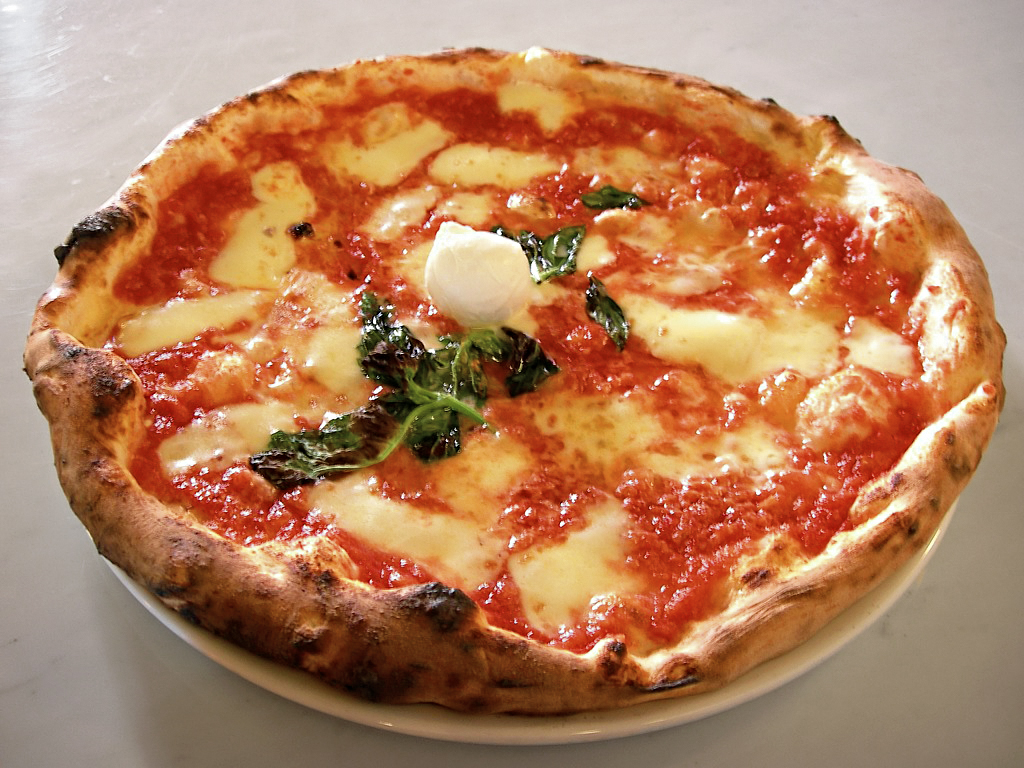
The introduction of tomatoes to Italian cuisine in the 18th and early 19th centuries finally gave us the true modern Italian pizza. Even though tomatoes reached Italy by the 1530’s it was widely thought that they were poisonous and were grown only for decoration. However, the innovative (and probably starving) peasants of Naples started using the supposedly deadly fruit in many of their foods, including their early pizzas.
Since that fateful day, the world of Italian cuisine would never be the same, however, it took some time for the rest of society to accept this crude peasant food. Once members of the local aristocracy tried pizza they couldn’t get enough of it, which by this time was being sold on the streets of Naples for every meal. As pizza popularity increased, street vendors gave way to actual shops where people could order a custom pizza with many different toppings. By 1830 the “Antica Pizzeria Port’Alba” of Naples had become the first true pizzeria and this venerable institution is still producing masterpieces.
More about the origin of pizza?
The popular pizza Margherita owes its name to Italy’s Queen Margherita who in 1889 visited the Pizzeria Brandi in Naples. The Pizzaiolo (pizza maker) on duty that day, Rafaele Esposito created a pizza for the Queen that contained the three colors of the new Italian flag. The red of tomato, white of the mozzarella, and fresh green basil, was a hit with the Queen and the rest of the world. Neapolitan style pizza had now spread throughout Italy and each region started designing its own versions based on the Italian culinary rule of fresh, local ingredients.
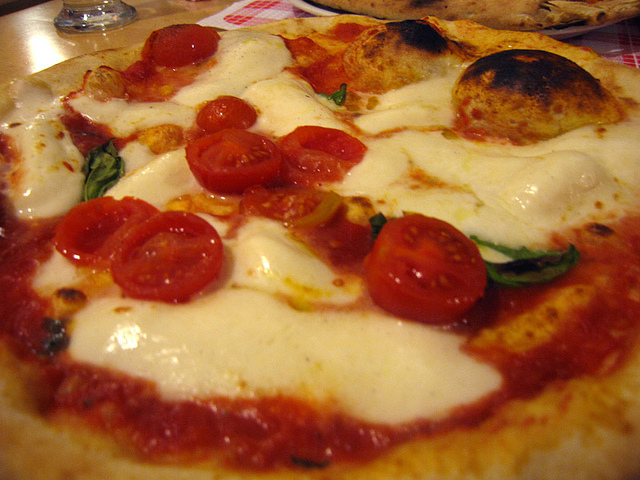
Neapolitan pizza is not only special for its relevance in the history of the dish, but also because, since 2010, it holds a STG qualification granted by the EU. STG means that Neapolitan pizza, or Pizza Verace Napoletana, as it is known (original Neapolitan pizza), is a specialità tradizionale garantita (guaranteed traditional specialty): its ingredients are controlled and regulated by law, just as its shape, the way the dough is prepared and cut, and where it can be consumed.
Yes, that’s right: to be so, a pizza verace napoletana must be consumed in the same premises where it has been baked, which means take-out pizzas lose their STG qualification. The STG qualification is a guarantee for the consumer that the product roots its origins in the culinary tradition of a certain area and, even more important, that it has been made following regulations apt to keep the Neopolitan pizza authentic.
Traditional Italian pizza
Continuing the history of pizza, we should have a look at the traditional Italian pizza too. Pizza Margherita may have set the standard, but there are numerous popular varieties of pizza made in Italy today.
Pizza from a Pizzeria is the recognized round shape, made to order, and always cooked in a wood-fired oven. Regional varieties are always worth trying such as pizza Marinara, a traditional Neapolitan pizza that has oregano, anchovies, and lots of garlic. Some other traditional Italian pizza is:
Pizza Capricciosa with a topping of mushrooms, prosciutto, artichoke hearts, olives, and ½ a boiled egg! Pizza Pugliese makes use of local capers and olives, while pizza Veronese has mushrooms and tender prosciutto Crudo. Pizzas from Sicily can have numerous toppings ranging from green olives, seafood, hard-boiled eggs, and peas.
Besides regional styles, there are several varieties that are popular throughout Italy. Quattro Formaggi uses a four-cheese combination of fresh mozzarella and three local kinds of cheese such as gorgonzola, ricotta, and Parmigiano Reggiano, or stronger cheeses such as fontina or taleggio, depending on the areas of Italy. Italian tuna packed in olive oil is also a popular topping along with other marine products like anchovies, shellfish, and shrimp.
Quattro Stagioni is another traditional Italian pizza similar to the Capricciosa. It represents the four seasons and makes a good sampler pizza with sections of artichokes, salami or Prosciutto Cotto, mushrooms, and tomatoes. In Liguria, you may find pizza topped with basil pesto and no tomato sauce. Of course, there are hundreds more to discover and all of them are delicious!
New Trends in Pizza and types of flatbread
Within the history of pizza, and the traditional Italian pizza, there are other types of pizza and types of flatbread that are very popular in Italy (and not just). Here are some highlight!
Pizza al taglio, also known as pizza rustica, is sold everywhere in Italy, usually by weight and often piled with marinated mushrooms, onions, or artichokes. This style of pizza is cooked on a sheet pan at street stalls and makes a good quick lunch.
Focaccia is typical of Liguria and is characterized by a base usually thicker than that of pizza, topped with olive oil and rosemary. More toppings can be added, olive, caramelized onions, and cheese being among the more common.
Sfincione is a thick Sicilian sheet pizza that uses tomato sauce, anchovies (usually anchovy paste) breadcrumbs, and caciocavallo (or another local variety) cheese.
Italian calzone (no surprise here!) is smaller than its American cousin and is often filled with either meats or fresh vegetables (a favorite is a spinach) and mozzarella. A newer trend that is gaining popularity is the emergence of sweet pizzas and traditional Italian pizzerias are trying to accommodate this trend by using unique ingredients. These dessert pizzas often have flavor combinations such as Nutella, honey, fruit jam, yogurt, even mustard, and liquor.
One thing to keep in mind when ordering pizza in an Italian pizzeria is that the product is personal size. Each person at a table should order their own individual pizza – one bite will explain why. In certain areas outside Italy, there are a few pizzaioli who keep to their homeland traditions as best as they can with the ingredients they have, but it really isn’t the same. In the end, there is no going back once you try a real Italian pizza, no delivery or frozen product will ever stimulate your taste buds the way a real Italian pizza does!
These would be our highlights of the history of pizza, the traditional Italian pizza and the different types of pizza you can find. We hope you’re ready to taste and love.
By Justin Demetri
Note: since one reader posted that in Napoli pizza Margherita is made with Fior Di Latte (Cow Mozzarella) and not Buffala mozzarella I did some research and it looks like the reader is wrong. One of the most famous Neapolitan pizzeria (L’Antica Pizzeria da Michele) uses buffalo mozzarella and I suspect all do, I do not see how they could do otherwise since buffalo mozzarella comes from the Naples area and it has always been considered superior to Fior di Latte.


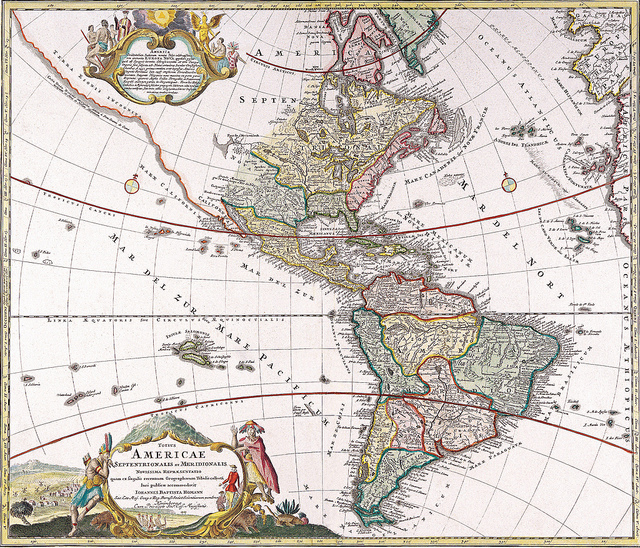

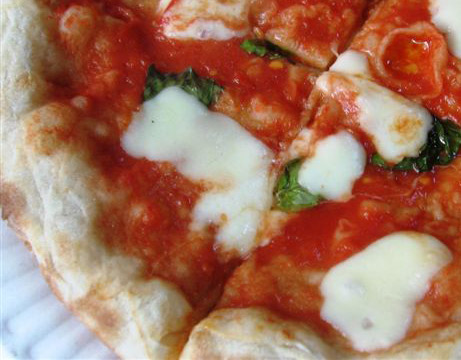
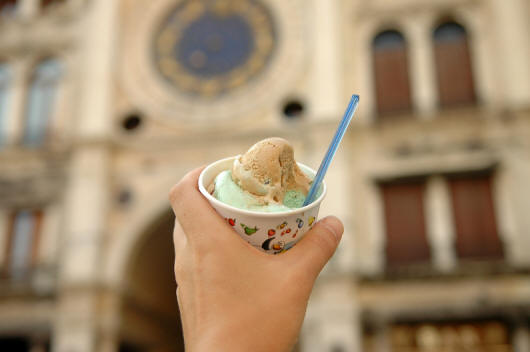
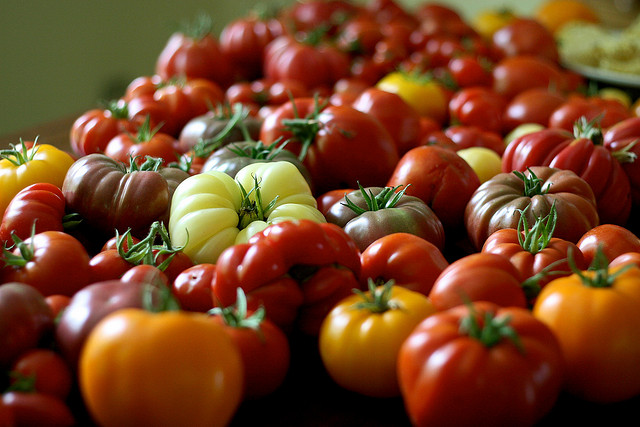







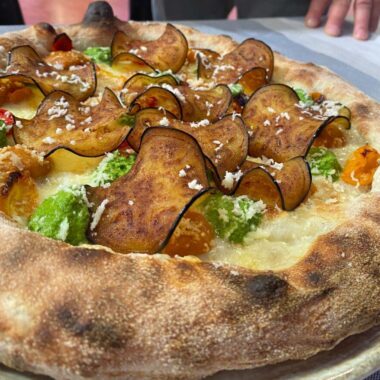



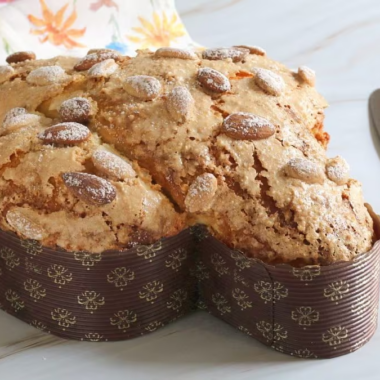
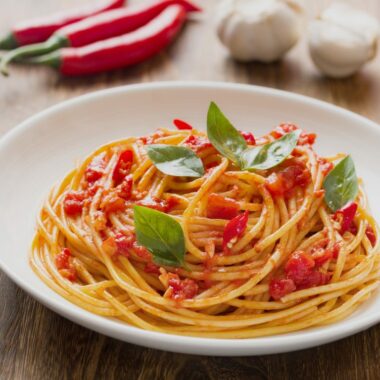

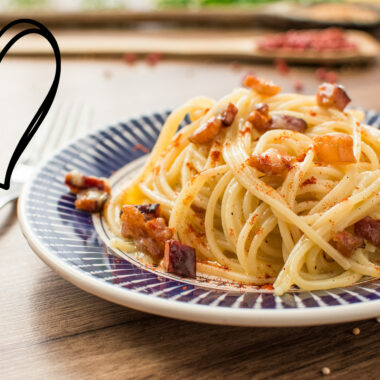



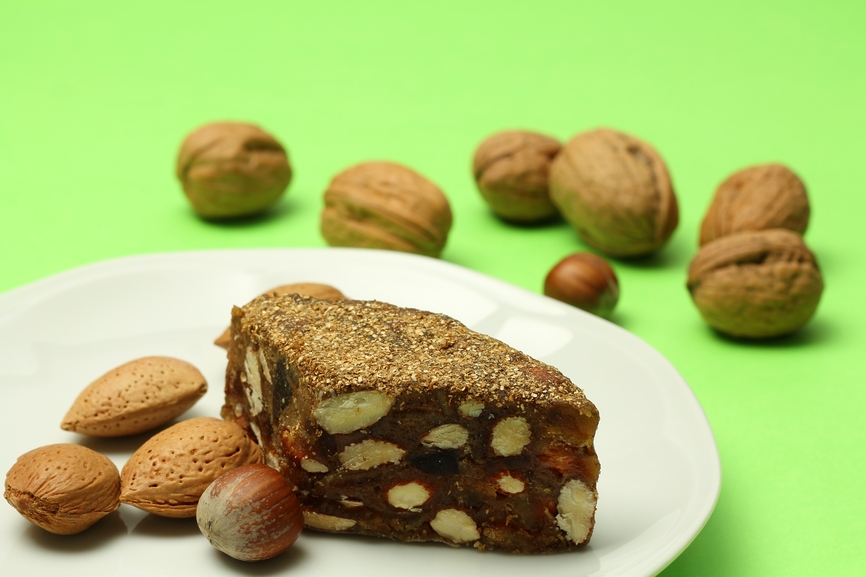
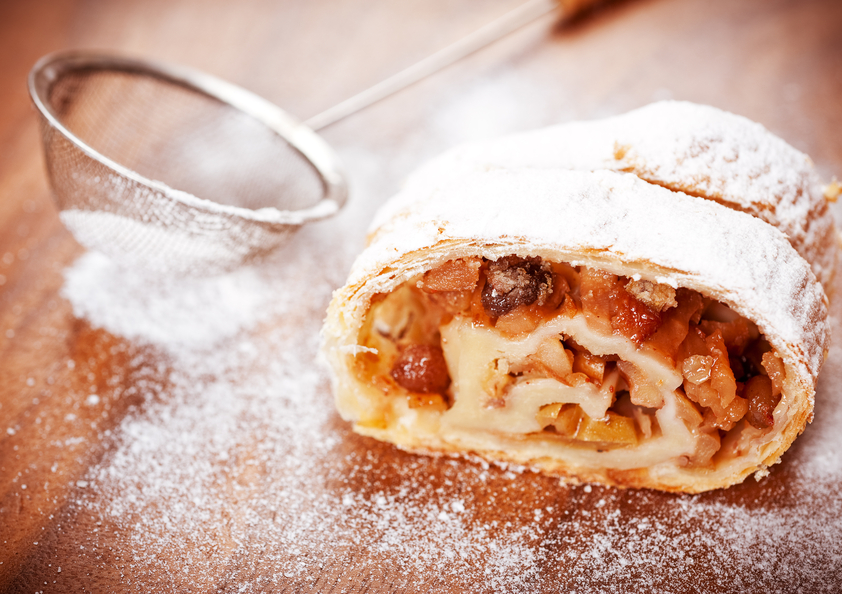
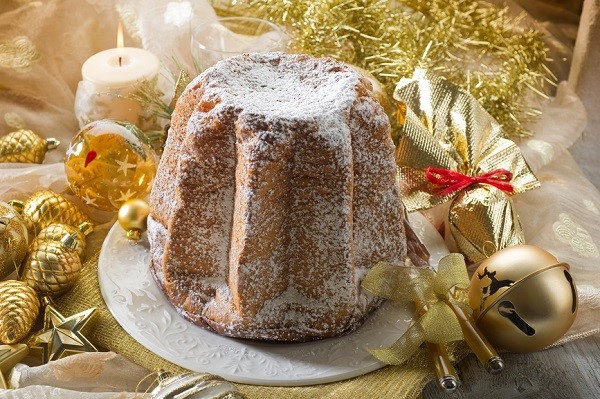
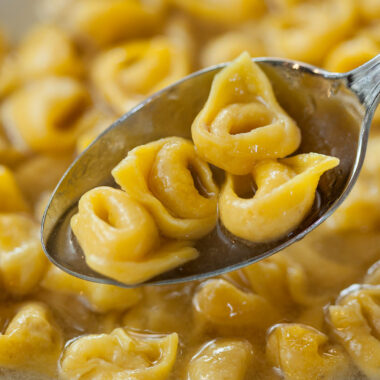
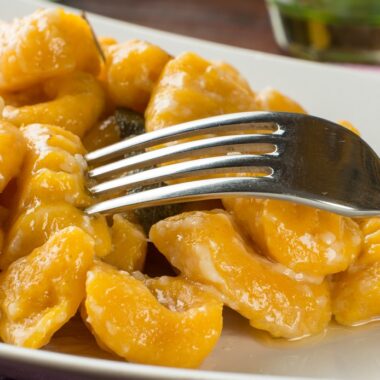


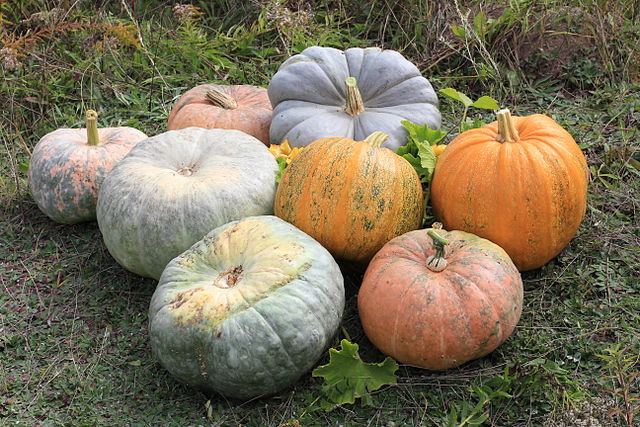
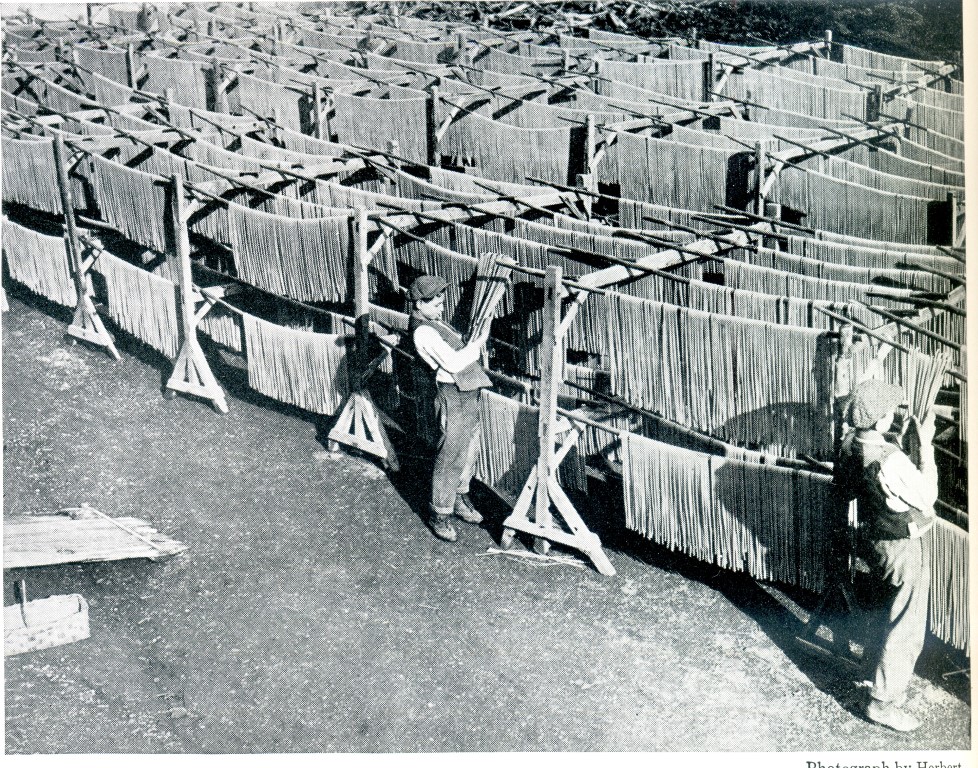

I like pizza thin and white, i.e., no tomato sauce and very little cheese but plenty of oil, herbs and garlic. Was amazed to find them wafer thin in Tuscany, where they appeared on the menu before the primi piatti.
I had awful pizza in Sao Paulo, NY City. Also good ones. Lots of people want to be known pizza connossieurs including the ones here. To me, Neapolitan pizza is it. The rest follow. Just eat your pizza, will you?
Italian pizza is inferior to American. Thank you.
1. Michele does NOT serve ANY pizza with mozzarella di bufala.
2. No pizzeria in Naples puts bufala on margherita by default. You have to ask for a different pizza. None.
3. Mozzarella di bufala is not from Naples: try going to Aversa or Paestum and telling the locals they are from Naples. Let us know how it goes.
This is what it is today, and what it was 10-20-30-40-50-100 years ago.
I lived in Naples for three years (1977-80), and came to love Italian pizza. And yes, all pizza made in Naples at that time was made with mozzarella di búfalo. Also true is that once you get accustomed to it, you find American pizza too heavy and with far too much tomato sauce/paste. And, of course, American pizza lacks the olive oil that is crucial to Italian pizza!
Caputo’s, in New Jersey-family straight from italy. Vinnie created a unique pizza Napolitano that was much better than the 4-5 other pizza factories in town. I know, I made at least 2-300 or so as a kid working there, and have the swollen hands to prove it-took alot of work on the dough, had to be just right. He absolutely insisted we keep his formula-and it kept the family restaurant open for many years since no-one else knew (or bothered) to try to make it and we outsold everybody else.. I still use his formula-and it is still the best.
Also, bufala comes from the provinces of Caserta and Salerno. Please go and tell people from those areas that they are from Naples and let me know how it goes.
Hint: don’t
Michele does NOT use bufala. Stop lying to cover your lack of knowledge. You are wrong.
Everyone can google michele napoli menu and see for themselves there is no bufala anywhere.
There is no mention of tavern-style Chicago pizza? It is amazing.
“Note: since one reader posted that in Napoli pizza Margherita is made with Fior Di Latte (Cow Mozzarella) and not Buffala mozzarella I did some research and it looks like the reader is wrong.”
The reader is not wrong. I live in Napoli and Margherita Pizza is served as both and listed on the menu as such. It simply depends on which one you order. Mozzarella di Buffala is a little farmy tasting for some people. My family and I actually prefer it. Either way, we will never enjoy pizza the same as we have here in Napoli.
Now that brick ovens are becoming popular, more places are studying & creating the Neapolitano Pizza as a work in progress with each pizza served.
As Mark said … Old Forge, PA is as close to Italy as most will get as far as real pizza. Also said .. Frank Pepe’s in New Haven .. v v v good.
Impressive
Pizza from China is very funny!! 😂🤣😂🤣😂🤣
I see how many people doesn’t know history and pretend to teach when how and who create the pizza.
In US in the high schools teachers teach that the pizza was invented in Greece (LOL), they are confusing with PITA!
I suggest to read better when how and who create the pizza in Italy.
The rest of the world tries to copy this food but those are all fakes! Especially in US!
Cheers….
Pizza came from china. Not Italy.
Nice article and I agree there is no pizza like a pizza eaten in Naples. The only thing that came close is pizza I had Eataly in Boston
Ciao a tutti,
premetto che sono Napoletano DOC.
LA MARGHERITA TRADIZIONALE è fatta con il fior di latte e c’è un valido e semplice motivo….
La mozzarella di Bufala, a differenza del fior di latte, in cottura rilascia molto liquido(latte) e questo rovina la pasta della pizza. Da qualche anno, molte pizzerie hanno inserito nel menù la Pizza Margherita con Mozzarella di Bufala, bene, tra queste ci sono le Pizzerie con la “P” maiuscola che mettono la mozzarella fresca quasi alla fine della cottura non consentendo alla stessa di rilasciare i suoi fluidi, ed il risultato è strepitoso, perché il tepore fa esaltare moltissimo il gusto della mozzarella, che rilascia un intenso sapore di latte, mentre le altre pizzerie che utilizzano la mozzarella non usano quella fresca di giornata ma una mozzarella conservata in frigo almeno per 2 giorni in modo che si secchi evitando così che rilasci liquidi in cottura, bene quest’ultima è assolutamente da evitare!
(translation)
I am Italian from Naples.
It is true that the traditional Margherita is made with fiordilatte and there is one simple reason for this: when cooked, buffalo mozzarella releases a lot of liquid (milk) thus ruining the texture of the pizza, while the fiordilatte doesn’t.
In recent years, many pizzerias have added to their menu a margherita with buffalo mozzarella. Well, the best pizzerias use fresh buffalo mozzarella and add it at the end, when the pizza is almost cooked, so that it doesn’t release the liquid, and the result is incredible, because the warmth of the pizza enhances the taste of the mozzarella. Other pizzerias use buffalo mozzarella that has been in the fridge for 2 days, drained from the liquid, not fresh mozzarella, and this is absolutely to avoid!
I was in Napoli 3 months ago last time. I am glad you have a slow day at the office, sir.
Now you change the story? Your article clearly claims that buffalo mozzarella is part of the origin of pizza.
Foreigners like you tend to order the bufala version, because “ooh bufala, so authentic”, and everyone is happy to oblige and take extra cash without producing pineapple monsters. To give you an idea of how authentic it is… it still has to even get on the menu of Michele.
Have you even been to Naples? My guess is not, otherwise you would not say stuff like “anchovies on Marinara”.
1968 Vicenza Italy, US army, a 12″ pizza and a bottle of red wine, 50 cents. That was living. Of course military pay was $137 a month.
Meraviglioso… You stirred up my memories of the best pizza. On my last trip my cousin and I made 18 pizzas on a wood burning stove … none like American pizza. Please ignore the ignorant comments of those who failed to appreciate your article.
Growing up in NE PA, and to this day, Old Forge has a couple of outstanding pizza places. Sicilian and Napolitano pizzas stand out.
“Roman occupied Palestine”? That would have been Roman occupied Judea. If you cannot get your world history correct, how are we to trust your history of pizza (The name “Palestine” was not invented until after Rome destroyed Judea).
I have enjoyed many Pizza’s in Italy, but I actually prefer some of the Pizza’s that I have eaten in New York City, Chicago and New Haven. And the best Pizza, IMO is always made with high Gluten flour and whole milk cheese.
If I could travel to Italy an learn how to create a true itillian thin crust pizza with the soft crust from the oil in the correct tomato sauce i would love to own my own pizzaria. Ballistri brothers had an excellent pizza growing up in Watertown wi…
While it is true that the authentic recipe ( from the 1800s) was calling for “fior di latte” or cow mozzarella recently at least in Italy you can choose the Buffalo Mozzarella for an extra fee and buffalo mozzarella is becoming as popular as “fior di latte” or even more popular on pizza and it is always considered a plus.
The display of ignorance in this post is appalling. 1. Focaccia in Liguria is not what is described here. A real Margherita has cow milk fiordilatte on it, not buffalo mozzarella (order a Margherita anywhere in Naples and see what cheese you get). I could go on but it is enough.
A lot of credit for the modern pizza goes to
Frank Pepe in New Haven CT. I worked for
him when I was a boy running errands.
He began to put toppings on Pizza like clams
and chicken which was unheard of at the time
I had pizza in Italy in 1981 when I was in high school. The author is telling the truth, after having in Italy I was spoiled. It took a while for me to go back to eating American style pizza.
Pizza Dude!